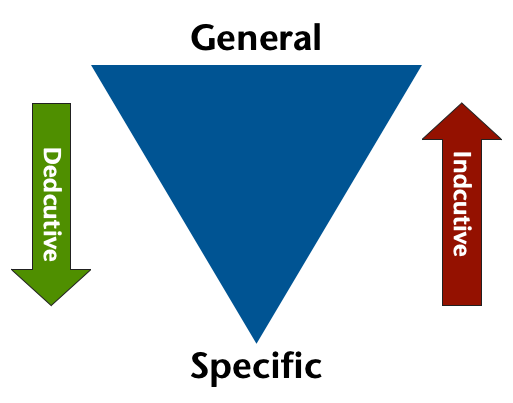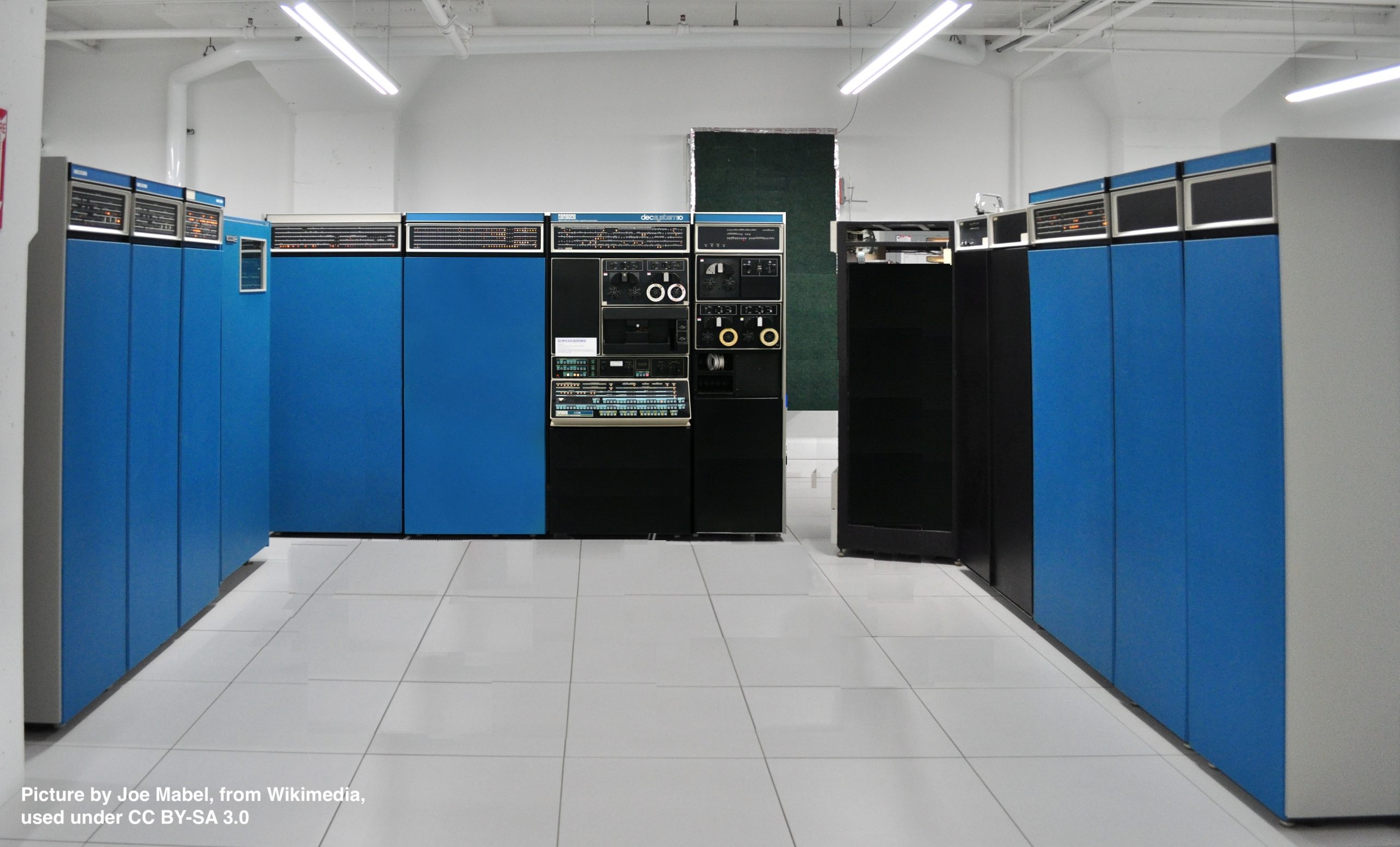It’s not your data, it’s the company’s data. That’s why it belongs in a database or some other kind of managed data store, not in your personal Excel files. But it turns out to be very difficult to break a 40-year habit of circumventing Central IT and hacking something together with a few macros.
There is any number of well-documented disasters caused by excessive Excel use, including during the Coronavirus pandemic, where the UK health authorities used an old version to track infections. It took days before anybody noticed that the number of cases was stuck at exactly 65,536.
Everybody is talking about having an AI policy. You need that. But you also need a data policy. And part of that policy is going to be placing limits on Excel.










